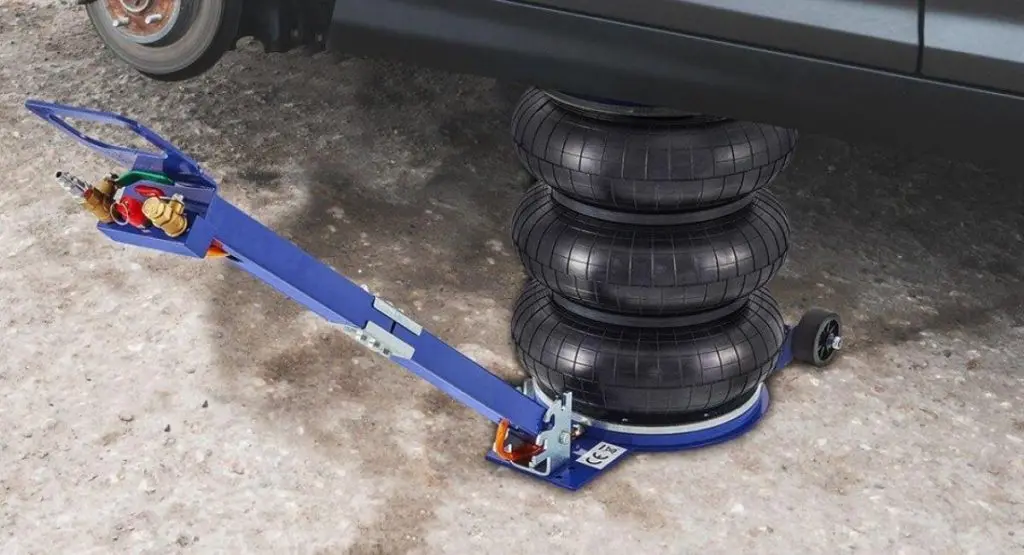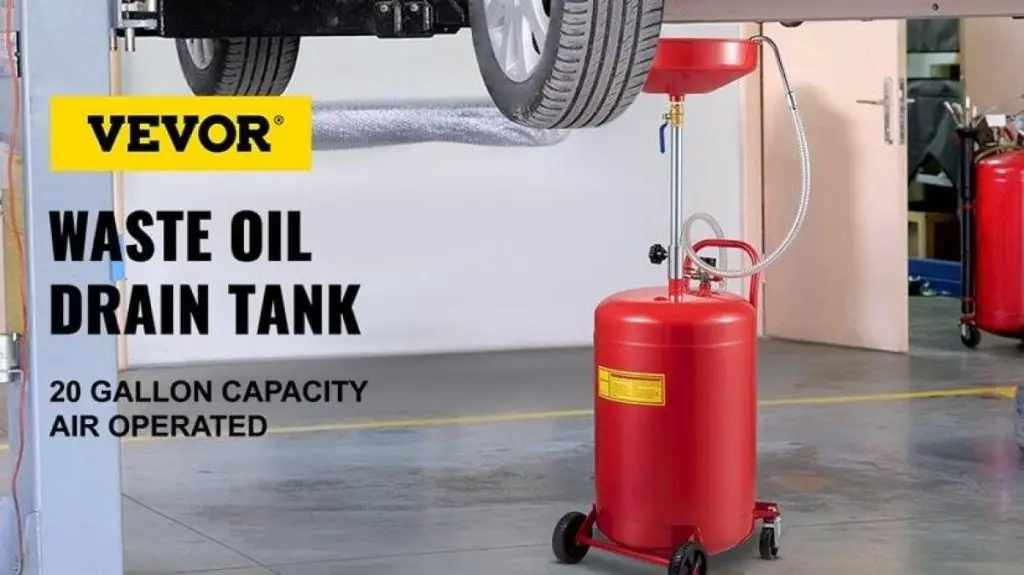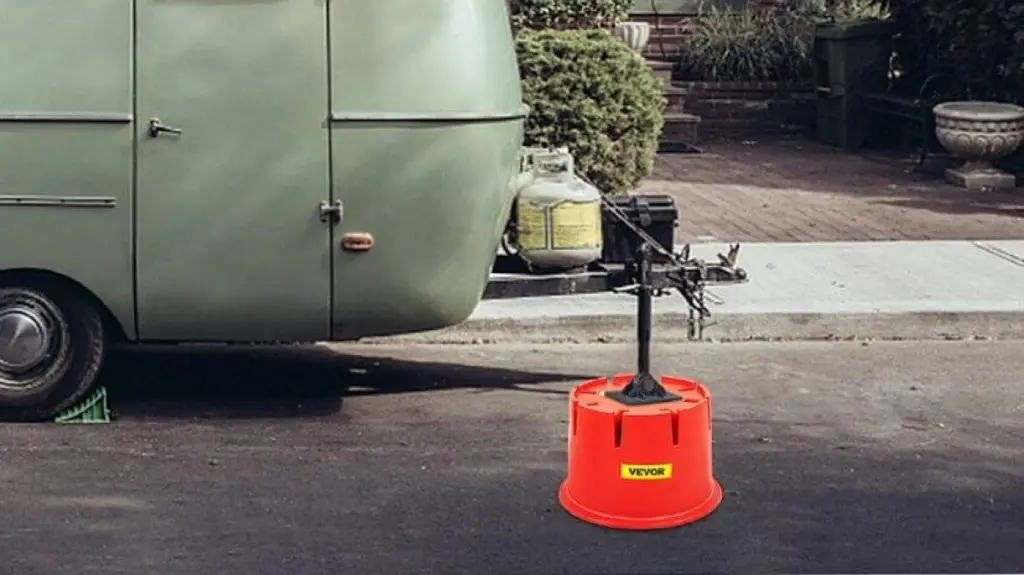GM initially launched the magnificent LS2 engine in 2005, incorporating it in a variety of models ranging from street muscle to utility trucks. The engine produced roughly 300 horsepower and up to 400 lb-ft of torque in its standard form, depending on the model.
While the factory numbers aren’t slow, the LS2 offers a lot more potential. This is why customers are replacing the factory exhaust with third-party headers to increase horsepower and torque in their vehicles.
So, are you one of the LS2 users looking for a new set of headers? Well, you’ve come to the right place! Below, we’ll discuss a lot of things about LS headers and the best options you can find on the market.
List of Top LS2 Headers
1. VEVOR Exhaust Header Set 1 3/4″
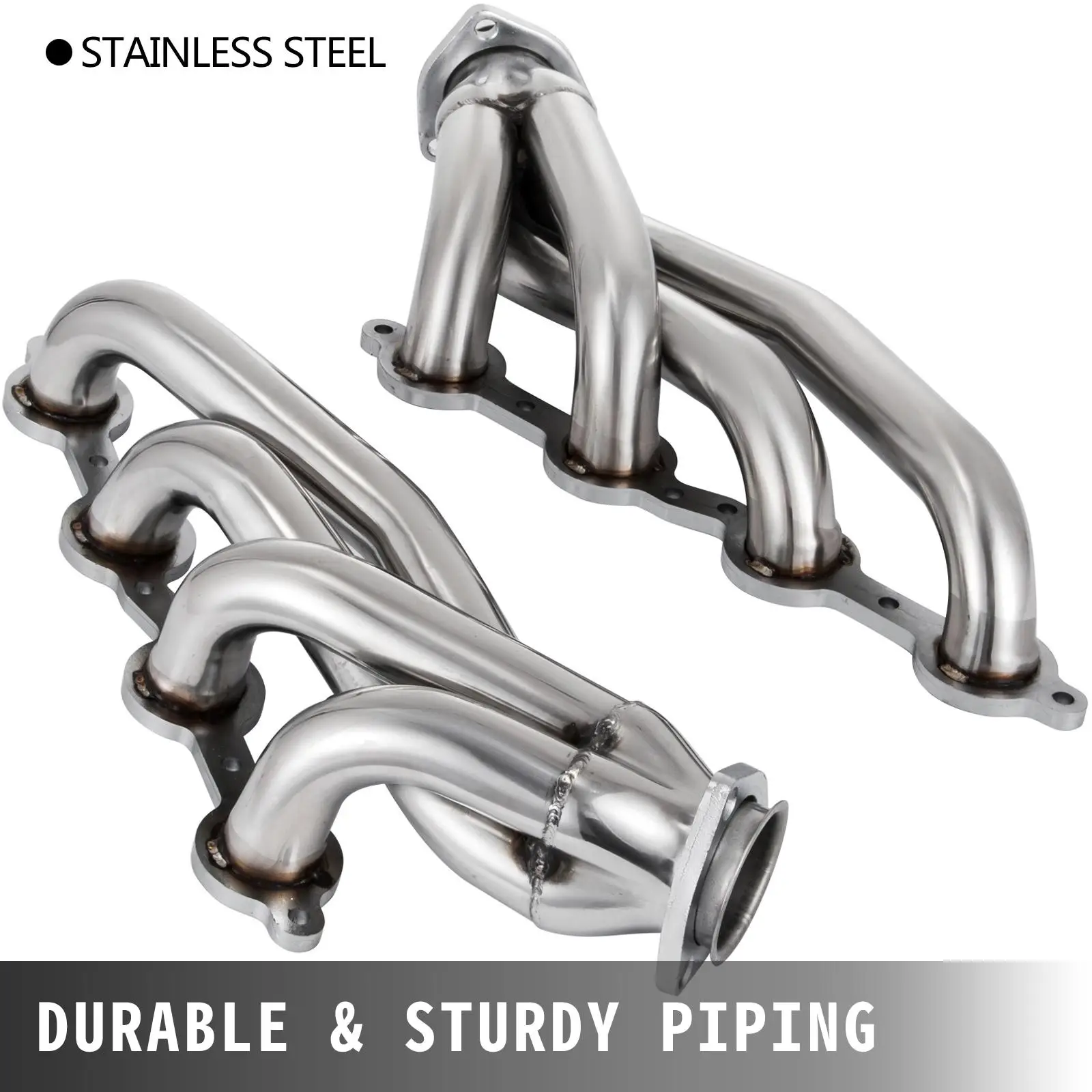
This LS2 header is made of polished stainless steel and has undergone a sophisticated welding procedure to provide optimal durability and rigidity. Each cylinder has its own smaller exhaust pipe to prevent cylinder interference.
Furthermore, because it is created with CNC technology, the shapes and sizes are very accurate. Installation and adjustment are also very easy thanks to the universal size of LS conversion headers.
The kit includes all necessary components such as gaskets, bolts, and screws, making it the ideal bolt-on option to replace your stock LS2 header. Get it installed in your car and feel how it instantly adds more power and torque.
Pros:
● Very affordable price.
● Made with high-strength stainless steel.
● Comes with all the necessary accessories.
Cons:
● Might require adjustments for DIY installations.
More about the brand:
VEVOR may not be the most well-known company in the muscle car scene, but a simple browse through its catalog will reveal some solid LS part alternatives. And, as with many of its other products, VEVOR never compromises on the quality of its LS components and always provides the greatest bargain to its clients.
2. Speedway Motors LS1 Headers
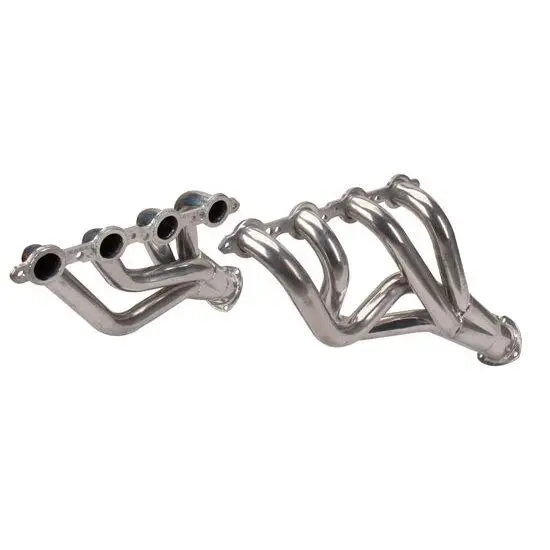
When you first see this LS header, you might be reminded of iconic hot rods from the 1950s and 1960s, and that’s what the builder intended it to be! It was designed by Speedway Motors to be used by street rods, customs, and vintage trucks.
Because of its simple and compact design, it is ideal for use in vehicles with limited engine bay space. Despite its vintage appearance, this short tube header includes an oxygen sensor, making it street-legal in the majority of US states.
Pros:
● Very classic look.
● Versatile use.
Cons:
● Comes in a raw finish.
More about the brand:
Speedway Motors is probably one of the oldest custom part manufacturers in the country. Its story began in 1952 when a man named “Speedy” Bill decided to create his own specialized car parts and install them in his own vehicles. The company has expanded to become one of the most well-known names in the drag racing industry.
3. Sanderson CRSLS1 Classic Header

This is yet another classic-looking short tube LS2 header on this list. With a primary tube diameter of 1-5/8″, this header is suitable for a variety of Chevy engines ranging from LS1 to LS7.
This header is unique in that it does not require any gaskets during installation. It is because Sanderson has patented a very innovative leak-free flange design. Instead of a gasket, a high-heat silicone sealer will be required around each port.
Pros:
● Requires no gasket.
● Comes will all the necessary hardware.
Cons:
● Does not include an under-chassis adapter
More about the brand:
Sanderson is a well-known aftermarket header maker for custom cars and hot rods. Its headers, like its other performance exhaust products, are handmade, so you get the years of expertise that go into them. The care and craftsmanship that this brand put into its product are probably what keeps it renowned to this day.
4. Kooks Headers 1-7/8″ Stainless Headers

This is a race-only option, so you can’t use it on the read. It does, however, imply that this LS2 header will provide a significant performance boost for your car.
This short-tube LS2 header is made entirely in the United States and can easily add 15 horsepower. If you want even more power, you can go with the long tube version, which can add up to 30 horsepower.
Pros:
● Provide a significant engine power boost.
Cons:
● Not street-legal.
More about the brand:
Kooks has long been synonymous with high-quality exhaust components, and their headers are well-known for being superb. They work well on both trucks and race cars and are found on some of the best LS2 projects. Kooks is by far one of the most affordable performance brands for LS2 parts on the market.
5. ARH Pontiac GTO Long System
This header, like the LS2 header from Kooks, is designed for racing. The manufacturer, however, offers this header with or without a catalyst converter, making it street-legal in a number of states.
According to the manufacturer, this long tube header can add 20 to 40 horsepower to your car. Obviously, tweaking and an intake mod will result in a larger boost.
Pros:
● Comes from a very reputable brand.
● Offers up to 40 additional horsepower.
Cons:
● Not the most affordable option.
More about the brand:
ARH is well-known for its expertise in the LS series. Despite being one of the more pricey manufacturers on the market, users have praised this brand for providing them with products that are 100% made in the United States and hand-tig welded.
Different Types of LS2 Headers
You may have discovered some of the most popular names for LS2 headers on the market, but have you learned how to choose the best one for your needs? So, let’s first start with knowing the different types of LS2 headers.
● Long tube.
This is the most well-known header configuration. It is often made up of long primary tubes that intersect into a 4-into-1 collector. This type of header contributes to the greatest overall power with a broad distribution across the low- to mid-rpm levels.
Long tube headers stretch significantly further to the back of the car than short tube headers. Furthermore, they generally eliminate the catalytic converters or come with high-flow ones.
● Short tube.
Shorties combine the connector pipes into a unified exhaust pipe at a significantly shorter distance. Because of their small size, shorty headers are ideal for engine compartments with limited room.
Shorties are usually able to use standard exhaust components without any modifications. Furthermore, they are ideal for cars that require low-RPM power.
● Tri-Y headers.
These headers get their name from the layout of the primary pipes. They often increase low to mid-range torque without compromising top-end output. Another reason for their appeal is that they can be built to fit in tight clearance applications where long tube headers would not fit.
● Specialty headers.
Many specialty header designs are made to accommodate specific car concepts. They’ve been a mainstay of the drag racing scene since the early stages, and if you see one, you’ll understand why.
How does An LS2 Header Work?
Before we go deeper into how to choose the right LS2 header, let’s take a moment to understand how it works. Headers gather scorching exhaust gases from the engine and route them through the exhaust pipe. Because the headers are connected immediately to the engine, the layout and construction of the headers are critical to preventing leaks and damage.
OEM headers provide enough performance for standard power levels and situations. Aftermarket headers, on the other hand, become quite handy for anyone trying to get the most out of their vehicle. These headers are often constructed of lighter materials and feature larger diameter tubing than standard headers.
What Should You Look for When Buying A LS2 Header?
Picking the wrong LS2 header can bring you a lot of headaches. So, before you choose one for your car, consider the following criteria.
● Header tube size.
Many users make the mistake of assuming that bigger is better. For street use, an LS2 engine will typically have a 1 3/4″ or 1 7/8″ primary tube size.
● Configuration.
We talked about header configurations in the previous part. What you need to remember is to pick one that is most suited to your needs.
● Material.
The majority of LS2 headers are made of mild or stainless steel. Mild steel headers are substantially less expensive than many kinds of stainless steel, but they lack durability.
● Coating.
Many LS2 headers are available in a raw finish. However, higher-end versions include ceramic coating, which is primarily used to create a thermal barrier and minimize under-hood temperatures.
● Catted vs. Catless.
Some long tube headers include high-flow cat replacements, while others are entirely catless. However, due to local emissions rules, catless exhaust systems are not road legal in the great majority of the United States.
Are LS2 Headers Worth It?
Aftermarket headers are an excellent way to boost the power and volume of your LS2 engine. They work well when combined with other upgrades. And, if you’re serious about improving the performance of your car, you may take it to the next level by experimenting with different mod combinations.
FAQ about LS2 Headers
● What benefits can I expect from upgrading my LS2 header?
Most users use LS2 header upgrades to improve power, but there are also additional advantages, such as decreased reverse pressure and exhaust gas temperatures.
● What makes stock LS2 headers less effective?
Original headers are less powerful mostly due to their cast iron composition. Aftermarket headers, on the other hand, are purposely engineered to be lighter and to increase scavenging at greater power levels than original headers.


